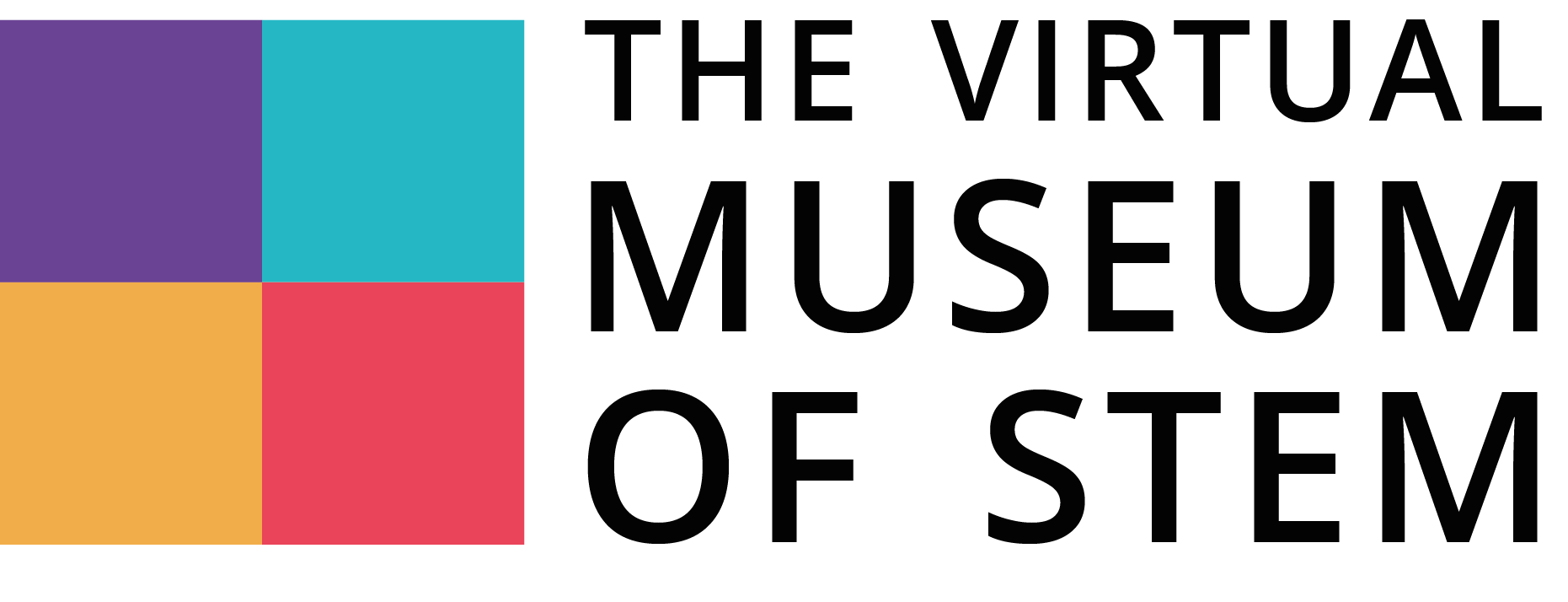Overall, underachievement persists in mathematics and sciences in the EU
The latest PISA results (2018) show that the underachievement rate is 22.4% in mathematics and 21.6% in science, meaning that the European Commission’s ET2020 benchmark which targeted an underachievement rate of less than 15% has not been reached. In addition, while performance in maths remained stable, it deteriorated in sciences.
Therefore, there is a need for innovation in the way mathematics and sciences are taught in European secondary schools.

Engagement and interactivity can be the key to unlock STEM teaching & learning
In “Beyond achievement: A comparative look into 15-year-olds’ school engagement, effort and perseverance in the EU”, the DG for Education, Youth, Sport and Culture pointed out the importance of learners motivation and engagement at school. It can be said that science, technology, engineering and mathematics all have a negative image at school: they are often perceived as difficult, abstract, or disconnected from the “real” daily life. Many students believe they are not able to tackle these subjects, which prevents them from ever imagining a career in these areas, in particular girls, underprivileged students and students who already struggle with difficulties at school.
This reveals a real need to make STEM more concrete and closer to students.
The teaching and learning experience should more tailored to students’ abilities and needs
Teachers understand that not all students can follow the same course at the exact same pace and perform the same, as they spend time exchanging with students in their class and working on strategies to adapt to everyone. However, this basic fact has been put into the spotlight as schools closed down during the COVID-19 lockdown in spring. Suddenly, both teachers and students had to adapt to new studying context and realities. Surveys and teachers’ interviews have revealed: (1) during the lockdown, classes had to become more interactive and students be made more autonomous or risked students dropping out of virtual classes, (2) those for whom school closures have been the most negative were those who already underperformed at school, (3) even those who performed well could end up disengaged as they saw less point in waiting for the others to progress.
There is a need for educative answers to the COVID-19 context to be inclusive and to give more agency to students to allow for everyone to explore at their own rhythm.

Objective of the project:
The project partners have created the first European virtual museum for STEM education at secondary level, that is includind the needs of students with learning disorders.
It is offering an experience that is immersive, interactive and engaging. As in a real museum, the students are able to go and see what they wish, and to spend as much time exploring the notions and elements presented. To make sure it is useful for school education, it comes with supporting material to help teachers make the most of the tools provided, and guidance to link what it presented in the museum with the STEM programs. The Museum is accessible from a regular web browser and not limited to virtual reality to make sure it is usable by most.
